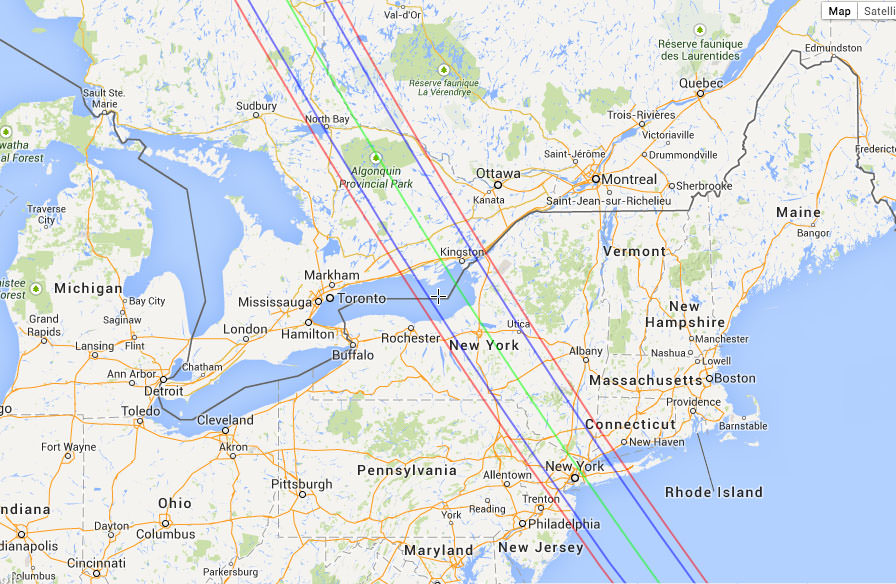North America’s brightest predicted asteroid occultation may be one-upped by a much bigger occultation – a solid blanket of clouds. Asteroid 163 Erigone will cover or occult the bright star Regulus shortly after 2 a.m. Eastern Daylight Time tomorrow morning March 20. Observers along a 45-mile-wide (73-km) belt stretching from the wilderness of Nunavut to the salty seas of Bermuda could see the star vanish for up to 14 seconds. Provided they can find a hole in the clouds.
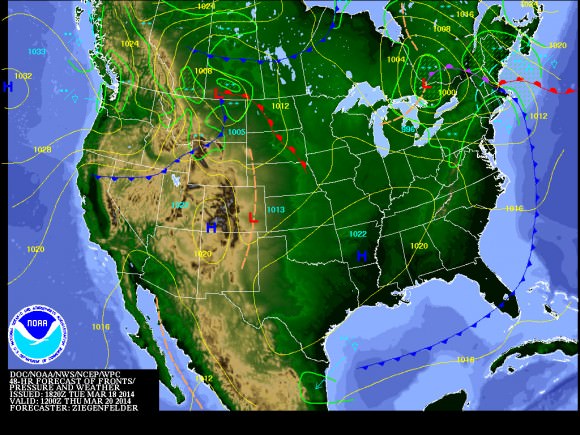
Overcast skies with a mix of rain or snow are predicted along virtually the entire track from the tiny berg of Cochrane in northern Ontario south through New York City, Connecticut and New Jersey. A sluggish cold front isn’t expected to clear skies until … no surprise here … after the event is over.
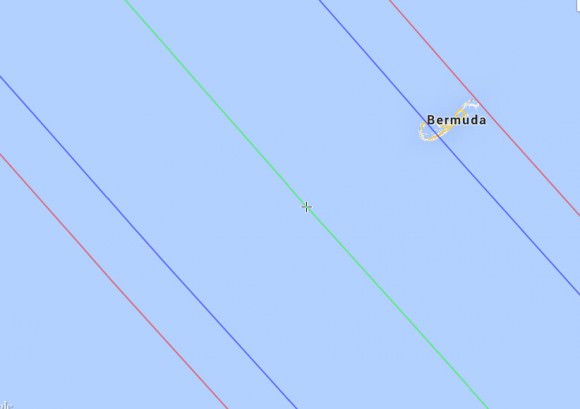
But there is one place where maybe, just maybe, the clouds may part to let Erigone do its job. Bermuda. The Bermuda Weather Service forecast calls for highs in the low 70s mid-week, but that balmy air may come packaged with a partly to mostly cloudy sky at the time of the occultation. A few determined observers are on their way there right now, hoping for better weather. In case the islands are socked in, some plan to rent planes to rise above the low-lying clouds typical this time of year and revel in the shadow of an asteroid. Even if clear, Bermuda lies near the eastern edge of the path. Any occultation there will be brief.
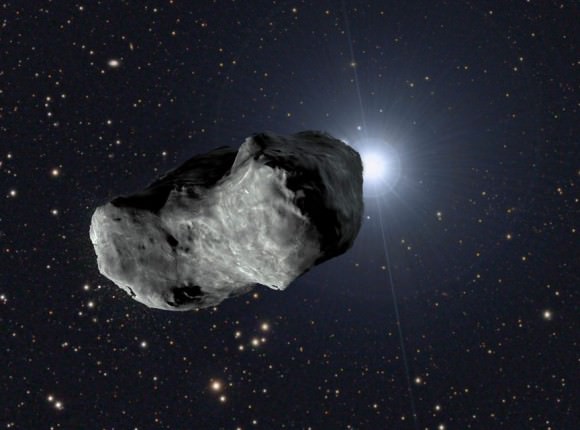
Yes, there will be more occultations, but bright ones that the public can enjoy with the naked eye are rare.
Skywatchers are nothing if not hopeful. We believe in the sucker hole, the name given to rogue clearings in an otherwise overcast sky. We are patient and steadfast when it comes to glimpsing the rarest of the rare. I know this because my friends and I have stood outside on winter mornings staring at the western sky, waiting for clouds to peel back that we might glimpse a Martian dust storm or new comet.
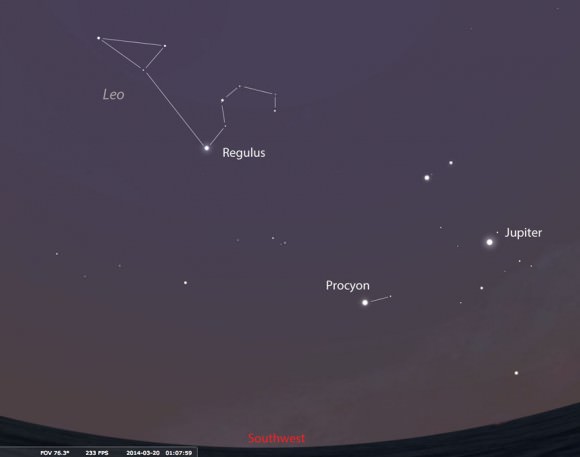
If there’s an astronomer’s credo, it’s this: “The sky might clear yet!” The latest weather word (9 a.m. March 19) for U.S. and Canadian observers indicates thinner clouds along the southern end of the track in New Jersey. Many of us considered driving to the event but changed our minds because of work, worries about weather and other commitments. Assuming the credo holds true, you’ll be able to watch Regulus disappear live from the comfort of your home thanks to the efforts of several observers planning to stream the event on the Web.
Here’s a list of streamers so far:
* Brad Timerson plans to go live with audio at 2 a.m. at a rest area along I-90 just west of Syracuse, NY.
* Ted Blank on UStream
* Steve Preston will broadcast an image of his camcorder screen
* Vagelis Tsamis will try to broadcast from Canada
* SLOOH
As always, everything depends on the weather. Let’s hope Mother Nature loses focus and lets a little clear sky slip by.

